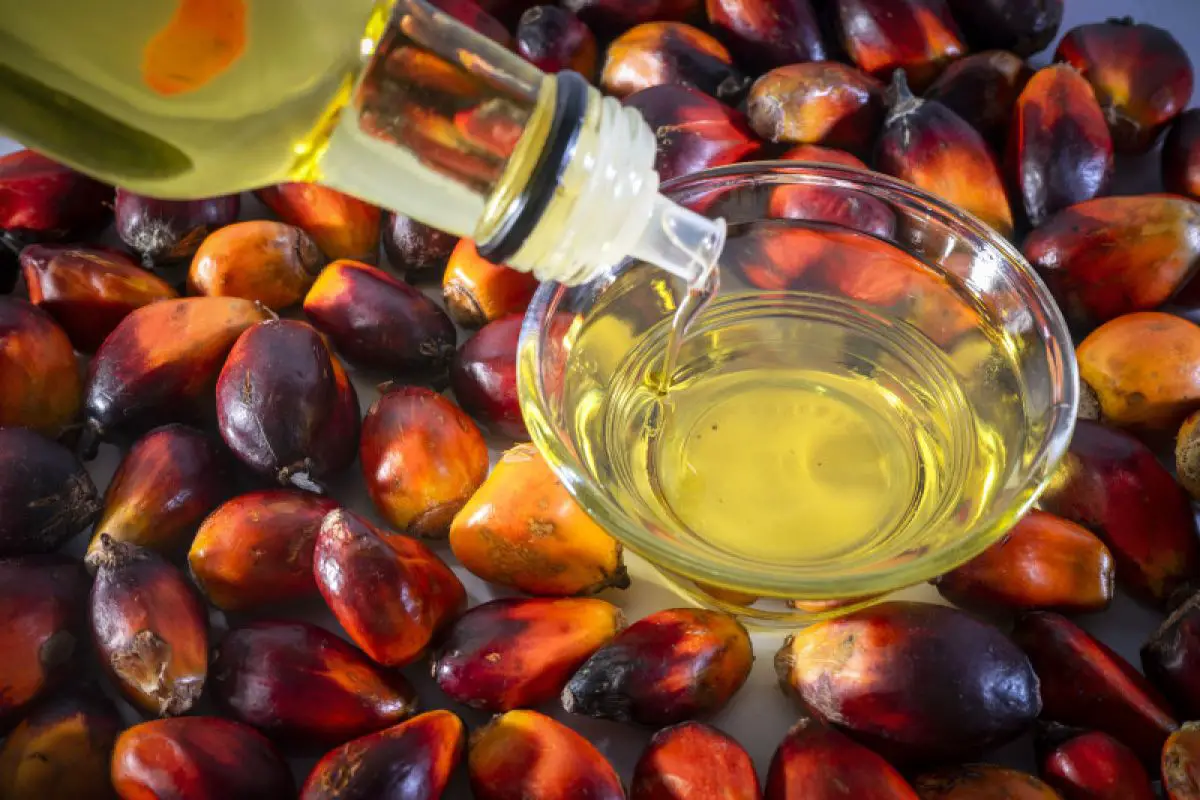How to Clean Kitchen Sponge Safely and Effectively?
The kitchen sponge is a staple in most households, yet it is often one of the most overlooked appliances when it comes to hygiene. Knowing how to clean kitchen sponge effectively can not only prolong its lifespan but also keep your kitchen free from harmful bacteria.
In this article, we will discuss various methods to clean your kitchen sponge while ensuring that it remains as sanitary as possible. Understanding the importance of sponge cleanliness is vital, especially for beauticians who regularly handle products that require meticulous hygiene.

Why is Cleaning Your Kitchen Sponge Important?
Your kitchen sponge can become a breeding ground for bacteria if not kept clean. Sponges absorb food particles and moisture, creating the ideal environment for germs to thrive. Studies have shown that some sponges harbor more bacteria than the average toilet seat. This is eye-opening for professionals, especially beauticians who rely on cleanliness.
Common Contaminants in Kitchen Sponges
- Salmonella: Often found in poultry products.
- E. coli: Linked to various foodborne illnesses.
- Bacillus cereus: Commonly associated with rice and pasta.
When these bacteria proliferate, it increases the risk of foodborne illnesses, making regular cleaning crucial.

How Often Should You Clean Your Kitchen Sponge?
For optimal hygiene, it is recommended to clean your sponge every week. However, if you use your sponge on raw meats or absorb spills from high-risk foods, consider cleaning it more frequently. Understanding the frequency is important, especially for beauticians who handle beauty products in a clean kitchen environment.

Methods on How to Clean Kitchen Sponge
1. Microwave Method
This is one of the quickest and easiest ways to disinfect your sponge. Mikey the sponge might sound ironic, but it works wonders:
- Wet the sponge with water.
- Put it in the microwave on high for 2 minutes.
- Be careful; let it cool before touching!
This method kills 99% of germs effectively.
2. Vinegar Soak
If you're looking for a more natural cleaning method, vinegar is an excellent choice:
- Mix equal parts of water and white vinegar.
- Soak the sponge for about 5 minutes.
- Rinse well with water.
This method is not only effective but also leaves your sponge smelling fresh.
3. Dishwasher Method
Your dishwasher can also be an efficient cleaning solution:
- Place your sponge on the top rack of your dishwasher.
- Run a cycle with a hot wash.
This method helps in cleaning sponges while also ensuring the removal of any food particles.
4. Bleach Solution
While it's a stronger method, it does require caution:
- Dilute 1 tablespoon of bleach in a quart of water.
- Soak the sponge for 5 minutes.
- Rinse thoroughly with water to remove any bleach.
This method ensures your sponge is germ-free.

Preventative Measures to Maintain Sponge Hygiene
Here are some tips:
- Replace your sponge every month.
- Let the sponge dry out after each use.
- Keep sponges away from high-risk food items.
Frequently Asked Questions
What is the best way to clean a sponge?
The microwave method is among the most effective; just remember to wet it first.
How often should I replace my kitchen sponge?
It is advisable to change your kitchen sponge every month to keep it fresh and hygienic.
Can I use soap to clean my sponge?
While you can rinse your sponge with soap, using the methods described above will ensure deeper cleaning.
For more details on maintaining a clean kitchen environment, check out this article on deep cleaning a restaurant kitchen.
For a further understanding of cleaning methods, see our guide on cleaning kitchen counters.
As an Amazon Associate, I earn from qualifying purchases.

